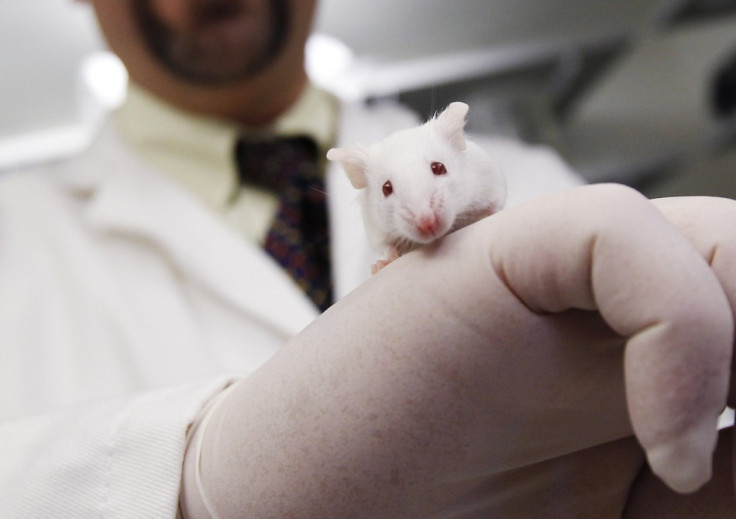Scientists to Debate Most Humane Ways to Kill Lab Animals

Scientists are set to debate the most humane method of killing lab animals used in scientific experiments.
A group of experts from around the world will meet in Newcastle-upon-Tyne on 9 August to establish the best method of death following concerns that widely-used methods are not the least painful techniques, causing the animal to suffer.
In the UK around four million animals are killed every year in laboratory experiments, according to animal rights group Animal Aid.
A report in Nature said that most of the debate regarding techniques to kill animals focuses on rodents. It looks at the different methods used to kill animals and their effectiveness.
Penny Hawkins, deputy head of the research animals department at the RSPCA, said: "There are lots of assumptions made about the humaneness of various techniques for euthanizing animals.
"Sometimes an animal might not appear to be suffering, but might be conscious and suffering."
The meeting was organised by Huw Golledge, from Newcastle University, and aims to update a 2006 consensus document created by international experts to provide guidance for researchers working with animals.
At present, one of the most widely used methods - set to be the hottest topic - is the use of carbon dioxide, where the animals are put in chambers that fills up with CO2 or anaesthetic gas.
"People do still worry about CO2 and it's still almost certainly the most widely used method [for killing rodents]," Golledge said.
CO2 is used to make rodents unconscious and they are then killed through asphyxiation from gas or another method.
Aversion to CO2
However, a study by animal welfare researcher Daniel Weary, from the University of British Columbia in Vancouver, showed that rodents find CO2 stressful. They found albino mice move away from a dark compartment filling with the gas into a brightly lit box, despite having a strong aversion to bright lights. "Our own results indicate CO2 is highly aversive," he said.
Other methods of death include injecting barbiturates, cervical dislocation (where the neck is broken) and a specialist rodent guillotine, which decapitates the animal.
Physical methods have also been controversial regarding their humaneness. If the animals are accustomed to being handled, cervical dislocation is normally favoured, but this method can be impractical for killing large numbers.
The Newcastle meeting is backed by the National Centre for the Replacement, Refinement and Reduction of Animals in Research, which recently announced £4.8m for research to reduce the use of animals in science.
Commenting on the meeting, a spokesperson for People for the Ethical Treatment for Animals (Peta), said: "In 2006, scientists met in Newcastle and determined that gassing mice and rats with carbon dioxide resulted in extreme pain and panic. Seven years later, expedience and cost continue to take priority over concern for animals, and carbon dioxide is still used in laboratories around the world.
"Peta is pleased that the discussion is at last being resumed. Because of the enormous suffering of animals in laboratories, experimenters should be ending their use entirely. At the very least, they must ensure that animals are killed humanely."
© Copyright IBTimes 2024. All rights reserved.







